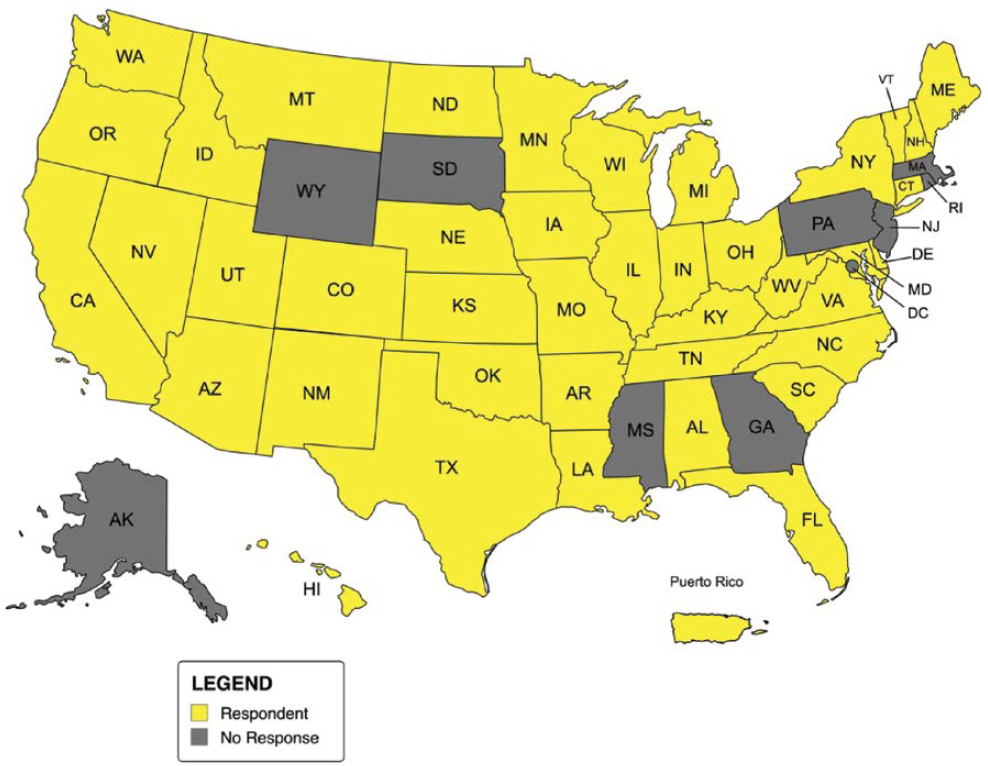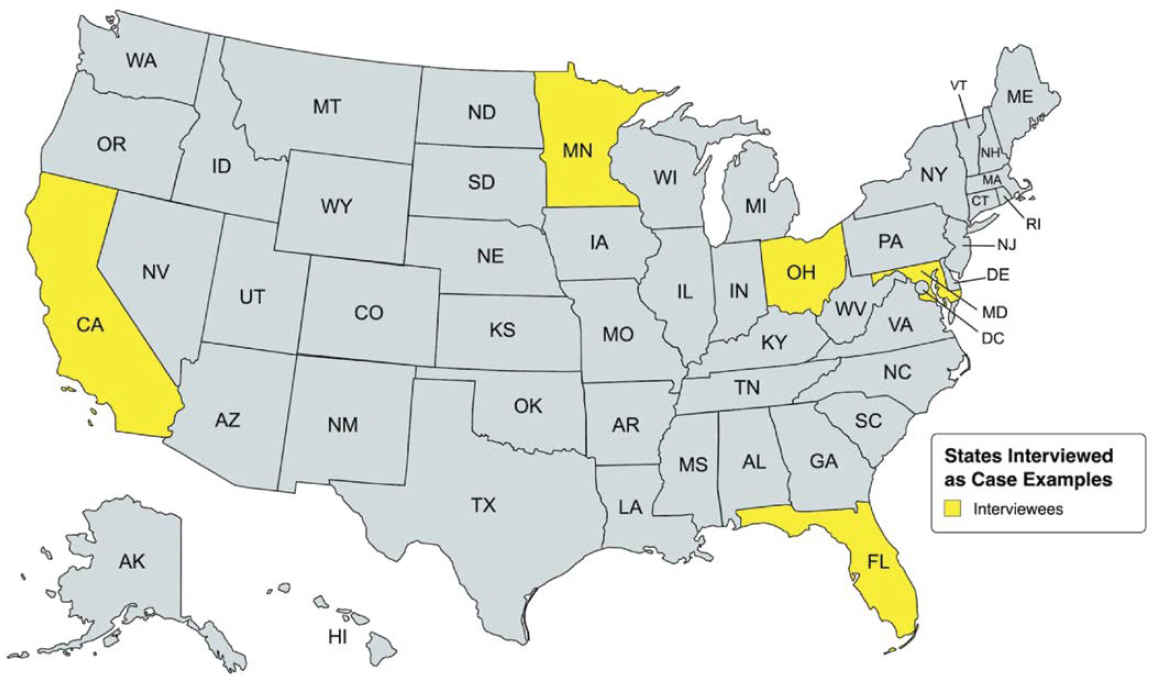Practices to Enhance Resiliency of Existing Roadway and Embankment Culverts (2025)
Chapter: 1 Introduction
CHAPTER 1
Introduction
This chapter provides background information relevant to the scope of the synthesis. It discusses the synthesis objectives, scope, and study approach, and also includes a terminology section as well as a section describing the report’s organization.
1.1 Background
State departments of transportation (DOTs) are required by federal law to implement resilience strategies into their planning and completion of infrastructure projects [23 U.S.C. §119(e)(4) 2021]. While instrumental to the function of transportation infrastructure, culverts are often not specifically addressed in these laws and regulations. Extreme weather events can be geographically dependent, but many of the challenges DOTs face regarding culvert resilience are universally experienced. While there is copious research on the topic, implementation of practices to enhance roadway and embankment culvert resilience varies across DOTs.
With extreme weather events becoming increasingly frequent, the need for documenting practices specifically targeted toward enhancing culvert resilience has grown in recent years [National Oceanic and Atmospheric Administration (NOAA) National Centers for Environmental Information (NCEI) 2025]. Universal concerns for DOTs include variability in climate, climate events, seismic susceptibility, slope and embankment stability, watershed characteristics, and urban development and land uses, which can overwhelm culverts and close roadways, resulting in unplanned repairs or replacements and disruption of traffic. Proactive and sustainable maintenance and management practices to enhance culvert resilience can mitigate the potential costs associated with extreme weather events.
1.2 Synthesis Objectives
The objective of this synthesis is to document current management and maintenance practices used by state DOTs to enhance the resiliency of existing roadway and embankment culverts with a span (inside diameter or width) measuring less than 20 feet. Detailing current practices will allow for identification of commonalities between DOTs that can guide future research on improving resilience strategies.
1.3 Synthesis Scope and Approach
This synthesis documents the current state of the practice of state DOTs for enhancing the resilience of roadway and embankment culverts. Specific topics discussed include:
- Assessment methodologies to evaluate the cost/benefit and life-cycle costs of resiliency improvements;
- Identification and prioritization processes and practices of culvert maintenance (e.g., practices to protect inlet and outlet basins from erosion);
- Remedial maintenance measures employed to improve culvert resilience, such as culvert liners, invert repairs, joint repairs, and cathodic protection;
- Proactive culvert maintenance practices;
- Existing risk-management strategies to assess and prioritize the criticality and vulnerability of culverts;
- Identification of resilience issues related to culvert types (e.g., circular/box/arch) and materials (flexible/rigid);
- Practices that mitigate piping at outlets and soil loss through joints due to pressure heads induced by storm-event flooding and inundation;
- Practices addressing embankment overtopping;
- Practices addressing coastal impacts, including inundation and storm surge; and
- Existing post-event response practices and repair strategies for damaged culverts.
The approach and methods used to collect the information in this synthesis include a literature review, a questionnaire/survey of state DOTs, and a diverse set of case examples from selected state DOTs to document their culvert resilience strategies.
1.3.1 Literature Review
A literature review was conducted to identify existing documentation of practices related to the resiliency and durability of roadway and embankment culverts. To present a comprehensive view of the state of the practice on culvert resilience, the literature review included (1) federal legislation and regulation, (2) guidance from culvert material trade organizations, (3) published literature and research, and (4) select DOT approaches to culvert resilience. Relevant documents were identified through the Transportation Research Information Documentation (TRID) database and supplemented through publications by the U.S. Department of Transportation, AASHTO, the FHWA, and state DOTs. See the references section of this report for a full list of sources.
The literature review details existing documentation of practices to enhance roadway and embankment culvert resiliency. The literature review is organized as follows:
- Federal legislation and regulation on infrastructure asset resilience
- Trade association information on culvert resilience
- Relevant NCHRP reports
- Selected state DOT approaches to resilience.
1.3.2 Survey of State DOTs
A questionnaire was developed to survey state DOTs about their current maintenance and management practices for enhancing the resiliency of roadway and embankment culverts. A total of 42 DOTs responded to the survey (41 state DOTs and Puerto Rico), corresponding to an 81% response rate. The survey participants are mapped in Figure 1. The survey questions and DOT responses are detailed in Appendix A and B, respectively.
1.3.3 Case Example Interviews
Five state DOTs were selected from the survey respondents for case example interviews: those of California, Florida, Maryland, Minnesota, and Ohio. This selection of states is geographically diverse and represents a variety of best practices related to culvert resilience as well as all four AASHTO regions. Additionally, the DOTs selected as case examples have a diverse representation of culvert types (e.g., arches, boxes, and circular culverts) and materials (e.g., plastic, concrete, metal,

and composite) specified and installed in their states. The case examples also represent a variety of potential threats that could affect culvert resiliency, including floods, hurricanes, severe storms, wildfires, seismic susceptibility, slope and embankment stability, watershed characteristics, and urban development and land uses. The states participating as case examples are shown in Figure 2.
Interviews were designed to clarify and expand upon the survey results by allowing for additional discussion on various resilience strategies employed by the DOT, including the use of different culvert materials, asset management, risk assessment, life-cycle cost and cost–benefit methodologies, maintenance practices, and post-event response practices. These interviews were used to develop the case examples, which are presented in Chapter 4.
1.3.4 Summary of Findings
The key findings of this synthesis are summarized in Chapter 5. These findings include maintenance and management practices currently employed by state DOTs for enhancing culvert resilience; potential future research is also discussed.
1.4 Terminology
This terminology section includes terms and definitions that are pertinent to the synthesis. Unless otherwise indicated, definitions of terms are courtesy of AASHTO, the FHWA, and NOAA.

| Bulk Flow | Increasing the clear-water discharge to offset high levels of sediment in watersheds, which often occur in mountainous areas prone to wildfires (WEST Consultants, Inc. 2011). |
| Bulking Factor | Design metric used to account for increased watershed volumes due to increased sediment levels (WEST Consultants, Inc. 2011). |
| CMP | Corrugated metal pipe. |
| Culvert | A buried drainage structure underneath a roadway or embankment that is open at both ends and is used to convey and transport water from one side of the roadway or embankment to the other. They can range in diameter/width size from 15 in. up to 240 in. (20 ft) and can be circular, arched, elliptical, or box shaped. |
| Effective Flow Area | An area of flow in or around a culvert where water is actively being conveyed (Hydrology Studio 2024). |
| Embankment | A volume of earthen material that is placed and compacted for the purpose of raising the grade of a roadway above the level of the existing surrounding ground surface (FHWA 2016a). |
| Ineffective Flow Area | An area of flow in or around a culvert where water is not actively being conveyed (Hydrology Studio 2024). |
| Inundation | The total water level that occurs on normally dry ground as a result of flooding (NOAA n.d.-a). |
| HDPE | High-density polyethylene. |
| Overtopping | Water surface elevation at which flow occurs over the highway, over the watershed divide, or through structure(s) provided for emergency relief (FHWA 2021). |
| PP | Polypropylene. |
| RCP | Reinforced concrete pipe. |
| Resilience | The ability to anticipate, prepare for, and adapt to changing conditions and withstand, respond to, and recover rapidly from disruptions (FHWA 2014). |
| Roadway | The portion of a highway intended for vehicular use (FHWA 2005b). |
| Scour | Erosion of streambed material due to flowing water; often considered as being localized around piers and abutments of bridges (FHWA 2021). |
| SRPE | Steel-reinforced polyethylene. |
| Storm Surge | An abnormal rise of water generated by a storm over and above the predicted astronomical tides (NOAA n.d.-a). |
1.5 Report Organization
This report is arranged in five chapters. This chapter provides background information relevant to the topic, the objectives of the synthesis, the synthesis scope and approach, and the terminology used in the report. Chapter 2 synthesizes relevant information from the literature review. Chapter 3 documents the current state of the practice by detailing the survey results. Chapter 4 includes case examples of state DOT practices for enhancing culvert resiliency. Chapter 5 gives a summary of key findings of this report and suggestions for potential future research. The references present a complete list of the sources consulted.
This report includes three appendices. Appendix A includes the survey questions sent to state DOTs. Appendix B presents the survey results through tables of individual state responses for each survey question. Appendix C includes the case example interview questions.




